|
The day I moved into my apartment in Tarragona, I cleaned my room, unpacked some of my things, and settled into my new home for the year. I created a space that was mine; I was to inhabit this place, these bare walls and windows made colorful by me. I was to think in it, dance, create, and pray. It was a special place--one which reflects its inhabitant. Only after creating my this space which reflected me and made me comfortable to call my own, was I ready to go out and explore the new city, walk on novel streets, and attach a part of myself to this new place. The first thing I learned was that there was going to be a huge city festival, Santa Tecla, and that I moved just in time.
Santa Tecla, Tarragona’s principal festival, is the pride and joy of its people. Like my room, the festival reflects the spirit of the city. It celebrates the lively spirit of the townspeople, and carries the celebrations deep into the Spanish nights. Lasting over a week long, with activities for kids during the day, concerts, castelles (human towers), dances, and parades, the town doesn’t put any limits on the celebrations of Santa Tecla. I was lucky to attend several events of the festival, including the parade in front of the cathedral, the castelles, and several concerts. Although my exhausting teacher/basketball-filled week didn’t allow me to stay out as long as the average Juan, I was able to capture and understand a little more the spirit which molds and upholds the festival. On the first day of the festival, the town initiated the celebration with a series of castelle constructions. Els Castells, as they call it in Catalan, are towers made up of people standing on each others’ shoulders. The construction of this tower is one of unifying effort. The people at the base of the tower all squish together. Those on the outside push up against the people in the center. The very last people who form the circle extend their hands on the others’ backs and push as hard as they can. This base is essentially a big blob of people, pushing and sweating towards the center. In the innermost circle, depending on the style of the tower (some can be 8 levels x 4 people per level, others 6x7, and still others), the second layer stands up on the shoulders of the first. This stage is considered the beginning. If the tower falls during this time, it doesn’t reflect the tower as a whole, and the team tries to form the base anew. Once the second layer stands still for a few minutes, and the team is ready for the big show, the rest of the construction follows quite quickly. People from the outside climb over the base of people and quickly climb up the human towers, forming a new layer. Each person in a layer stands on the shoulders of the layer beneath him, and grabs onto the shoulders of his neighbor in his level. Once most of the levels are formed, two children climb up the tower. The first child who gets to the top spreads his arms and legs across the two people in the level horizontally, and the second child climbs over the first, raises his hand, and passed over to the other side, continuing his journey down on the other side of the tower. Once the child raises his hand, the crowd cheers, and watches as the tower quickly dissolves back to the base. When the tower diminishes into two layers again, the crowd cheers on the completion of the tower, and the glob again becomes individuals, walking through the crowd. The work and risk Catalans pour into els castells reflect their pride in the Tarragona traditions. They are willing to risk safety just so they can create a visual spectacle for their city. They are willing to let their young children climb great heights, and contribute to the overall celebrations around the town. But, much like some American sports which are dangerous, like American Football, performing castells creates an event which unifies the people behind one thing. Castells aren’t the only unifying event of the week. Parades occurred just about everyday. Different giants mimicking animals, famous people, and mythical creatures, waltzed through the streets, with small bands of musicians laying down tunes. The largest parade, though, occurred on the last weekend of the festival, starting at midnight in front of the cathedral. At midnight, the townspeople squeezed in the streets to see the giants pass by. At each intersection, the parade paused and each giant danced around and around while the audience chanted a catchy melody. A giant horse, made up of around five people, fills my memory. A little child, miniature compared to the horse, sat atop it and enthralled the crowd. An eagle, lion, and a bottle of Chartreuse followed. After the parade left the cathedral, it headed to a plaza nearby. The giants were parked by the wall, and a concert started. At around 2 or 3, after a couple of hours of music, the parade continued through the town, heading to another plaza. Supposedly the parade went from plaza to plaza all night, but I was too tired to participate in the rest of the festivities. The energy in the crowd is truly amazing. Everyone is so positive and trusting, people call their friends out in the crowd, and join together in chants. Nobody seems to have a care about anything else but Santa Tecla-hanging out with their friends, dancing, watching the parades, and performing or watching the castells. At first glance, it may seem like hard work is absent from this society. How could you have a week-long party, a party which lasts until the late hours of the night, every night of the week? The hard work is reflected in the many events of the fiesta-the castells, parades, the instrument playing. Its hard work that’s manifested in a different way than American hard work. Yes, the result of hard work has a product. But, the product of American productivity is financial success, skilled athletics, excellent marks in academics. Here, the product is a successful tower, good music, lifelong friendships, and a fun party. Santa Tecla, thus, creates an avenue for this type of productivity. At it, people meet up with friends past, join their neighbor in the common goal to create a fun environment for the rest of the town, and party until the wee hours of the morning. When I tried staying up for one of the nights, I wasn’t able to. I was too tired to keep on standing, and left the festivities several hours before they were over. To think that people can do that, and do it again, and again is crazy. It’s hard. But something hard in a different way than I imagined. ---- Santa Tecla has a rather religious background. In fact, the saint which coins the festival, Saint Tecla, inhabits the cathedral as one of the statues. The chapel, the ultimate part to be built in the medieval cathedral, features Saint Tecla as well as four other statues representing the four cardinal virtues. In the letter two weeks past from the Archbishop of Tarragona, he states that the festival should serve as a reminder of Saint Tecla’s evangelization efforts in the early generations of Christianity in the world. “The root of the festival is the joy and gratitude blessed upon us throughout the generations, and in this case, we celebrate the example of Saint Tecla in the beginnings of Christianity and the merciful assistance of the Virgin Mary on the city as a whole.” He doesn’t condemn the festival, but sees it as a way to remember great people of the past, and bring the townspeople into a participation of joy.
0 Comments
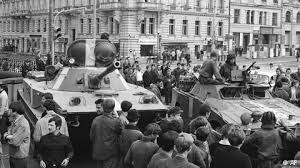 This past August 21, the world, especially Czech Republic, commemorated the 50th anniversary of the Prague Spring invasion. Various speakers spoke against the evils of communism, and how the Prague Spring invasion from the USSR and other Warsaw Pact troops threw the nation back into darkness. Luckily for me, I was in Prague in August, receiving my TEFL certificate, and was able to witness many of the commemorations of this pivotal point in Czech history. In 1968, Czechoslovakia experienced a brief period of liberation and artistic creation, called Prague Spring. Coined by then president Alexander Dubcek as “socialism with a human face,” Czech society loosened from a previously oppressive and completely socialized society. Czechoslovakia experienced a burst in creation, giving this time period its name, “Zlata sedesata” (the golden sixties). But, upset with the direction Czechoslovakia was headed in, and wary the country--as seen by many as the connection between East and West Europe--would inspire other countries to adopt looser communist governments, troops from the USSR, ordered by stalinist president Antonin Novotny, along with other Warsaw Pact countries, rolled through Czechoslovakia and re-instated strict communism. All in all, around 250,000 troops invaded Czechoslovakia, including some 6,300 tanks and 250 airplanes. Around 72 Czechs and Slovaks were killed during the invasion, and some 270 injured. Although the numbers may seem low for something commemorated as such, the invasion symbolizes the loss of freedom and the catalyst of many more deaths during the 'normalization' back into the Communist way of life. During the week leading up to the Tuesday, many of the historic locations in Prague housed special events to honor the lives lost in the reoccupation of Czechoslovakia. In Wenceslas Square, where citizens--typically students--historically protested, and where Warsaw tanks famously fired at the Radio station during the reoccupation, several organizations, including Vojenský Historický Ústav Praha and others, sponsored the showing of documentaries on a blow-up screen, posters displaying images of the brutal invasion, speakers, and singers. The goal of the commemoration was twofold: to remember the victims of Communism, and to make sure that Communism and similar ideologies never return. Their logo reflects their goal: “Aby sny nezešedly” (Let not the dreams (read "nightmares") go grey). On Tuesday, August 21, many important locations had commemorations. A concert, organized by Czech Radio, was held in Wenceslas square, where many songs about the invasion were sung. A special video and maps were projected onto the National Museum nearby. Various museums had special exhibits on the invasion, free to the public on Tuesday. In addition, in Kampa, a grassy, tranquil area by the Vltava river, several speakers recounted the events of the haunting day. About 300 melancholic people, holding Czech flags and banners, surrounded a small stage which held three speakers. Among them, a USSR expatriate Mr. Gorbanevska spoke against the ignorance of Communism. Gorbanevska’s family has a detailed history with Communism. The repression of Prague Spring happened when he was young, and living in Russia at the time. His mother Natalya Gorbanevskaya, a strong proponent of freedom, and vocalist against the USSR, was one of the eight people who protested on the Red Square in Moscow several days after the Prague Spring invasion. She brought young Gorbanevska with her, as well as her two other children. All eight protestors were swept up by the KGB within seven minutes of sitting in the square with a Czechoslovakian flag and a banner which read things such as: “мы теряем лучших друзей” (We are losing our best friends), “Ať žije svobodné a nezávislé Československo“ (Long live free and independent Czechoslovakia), and “Позор оккупантам!” (Shame to the occupiers). Most of the seven were subject to harsh treatment, including Gorbanevska’s mother, who was later sent to a psychiatric hospital for being a dissident, diagnosed with “sluggish schizophrenia.” She has been celebrated as a hero in the West, and is well-known for her numerous acts of courage and literary works on the necessity of freedom. At the talk, Gorbanevska humbly opened his speech in a highly accented Czech, saying “Odpust mi, nemluvim Cesky” (Forgive me, I don’t speak Czech). A translator stood by his side and translated his Russian into Czech for the younger people in the crowd. For a people who had to learn Russian under the occupation, hearing Russian would be a hard thing on such a day. Gorbanevsky’s opener, however, created a platform on which he and the Czechs listening could together mourn the invasion. He continued to say, “I wanted to share a few words. A normal person to normal people.” Gorbanevsky’s message was brief and direct: we must never forget the atrocities of Communism, and must actively reject it in all of its future forms. He dwells on current Russians’ ignorance of the repression, and how refusing to learn about the evils of the USSR based on the fact that these events took place in the past is an unforgivable excuse. If we forget the history of Communism--how it first started out as a political party which gained much popularity but evolved into a soul-killing machine--we risk repeating it. In his talk, he chastises the Czech president, Miloš Zeman, for his weak stance against the Communist party in the Czech Republic. To the mention of Zeman, a rustling went through the crowd, stirring everyone a brief period of whistling in disapproval of Zeman. They’d been stabbed in the back by the secret police, their own brothers, countless times during Communist occupation. Betrayal by their president is close to unbearable. Gorbanevsky concluded his speech by encouraging the crowd to never forget the tanks rolling into Prague, and to never tolerate limitations of freedom. He encouraged everyone in the crowd to continue protesting injustice everywhere, even if they risk persecution. Protesting evil is the right thing to do. Following Gorbanevsky’s speech, the founder of the “The Memory of a Nation” project, a non-profit organization, talked about his work in sharing stories of normal people’s lives under Communism. His work has the same goal as those who organized commemorations throughout Prague--that people should never forget Communism, and never stop fighting for freedom. After all of the speakers held the stage, a young singer was called to the stage. She sang the Czech national anthem, “Kde domov muy” (Where my home is), and the whole crowd joined. Following the song, members of the crowd lit candles for people they knew who died at the hands of the Communists during the occupation (the intellectuals, celebrities, and politicians who wouldn’t promote the USSR, as well as many others). They processed from Kampa to the statues memorializing the enemies of the state, and lay the candles at the feet of the statues. At the statue’s side, a scout (Scouts had been outlawed under Communism) held up the Czech flag. People reverently placed their candles down by the statues, and quietly related their stories to their neighbors. This experience taught me many things. It explained the quiet stillness in the crowded metros, and the hard, emotionless face of the passersby. Communism may be gone in the Czech Republic, but its effects still linger. We must never forget what Communism was, and how it came to be here, but we also must be willing to move on and trust others again, rejoice, and enjoy this life. Stay tuned for my impression and recap of the Museum of Communism next. Interesting links for follow-up research: -http://www.vzpominka1968.cz/cz/s1193/c2863-Rocnik-2018 -http://www.pametnaroda.cz/ -https://www.youtube.com/watch?v=e12rGRO4JuA 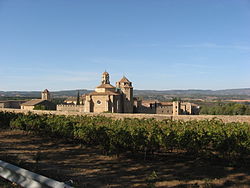 This week, my friend and I went to the Royal Monastery of Santa Maria in Poblet, Tarragona. This monastery, which was only about a half an hour drive from Tarragona, was spectacular. The whole drive to the monastery set up grand expectations for the monastery itself, and they were met and exceeded. From the outside, the monastery did not seem large at all, but after passing through the surrounding walls, we were surprised by the size of the monastery. Large walkways, tall ceilings, and tall and thick walls brings to attention the beautiful Romanesque architecture. But, instead of being decorated in a really ornate way, the builders of the monastery had focused on simplicity, so as to not create a distraction for the studious monks. It was in this simplicity, however, which demonstrated beauty. In 1150, the monastery was founded by monks of the Benedictine order. This monastery is one out the three Cistercian monasteries which belonged to the Crown of Aragon. While we took a tour in the monastery, we were surprised to see the tombs of many of the Kings and Queens of Aragon in the church. The remains of Edmundo de la Croix, Alfonso V of Aragon, Enrique de Trastamara, Martin I of Aragon, Francisco Roures (archbishop of Tarragona), Juana of Aragon, the children of Pedro IV, and other children can be found in tombs in two arches in the church, among others. On the outside of these tombs, sculptors designed full-life images of them, to remind the public of who had been buried there. During our tour, we noticed that some of the statues were damaged, while others looked like they were unblemished. The tour guide told us that in 1835, the Prime Minister during the rule of Isabella II, Mendizabal, ordered the closing of all of the monasteries in Spain, and opening the land up to the public. The added property was seen as a source of wealth to the country because the monasteries were not compensated for their loss, but this decision just ended up in vandalism to the monasteries with heartbreaking loss to paintings and other valuables. In 1935, the land was returned back to the church. And in 1940, Italian monks of the same order came and reoccupied it. Ever since the reopening of the monastery, the monks have been working to replace the stolen and broken pieces. Now, the monks work and study throughout the day. The monastery is the home to twenty-seven professed monks, one oblate, two novices, and one familiar. Throughout our visit, I was in awe of all of the rich history of the monastery. The silence and tranquility helped make the experience a peaceful and meditative one. I couldn’t help but envy the monks in their peaceful study environment, away from all of the noise of the world, but still in contact with other people and visitors. I’m sure I will take back some of the things I learned from this visit, and value moments of silence in the future. 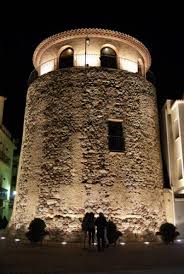 In the south of Catalonia, many people would recognize Salou right away. During spring break, many tourists from England come and party the entire week at the elite clubs in this city. They totally embrace the Spanish schedule of staying and waking up late. In addition, in the summer, the beaches are packed with sunburnt tourists, leaving behind trash and other unwanted pollutants in the water. Even though this city does have appeal (there are many nice cafes on the sand by the water, and there are many good restaurants), just one city down along the coast hosts a calmer, and I’d argue better, experience. Cambrils, a city with great camping spots near the sea, clean beaches with at least some waves, and a family friendly downtown area, among other things, is sure to paint a better picture of Spain. With more locals enjoying the many beaches, you will be sure to get a more accurate representation of Catalonia’s unique culture. Cambrils has a great appeal for active people. With many water sports available along the coast, you can enjoy the sea and workout at the same time. There are places to rent kayaks, wind surf, paddle board, and parasail. In addition, many of the large sidewalks have bike lanes, and these are always used. In the mornings and afternoons, plenty of runners run alongside the paths. If you want a vacation filled with relaxation, the downtown area is perfect. You can go shopping in the many clothing, jewelry, and shoes stores. During the summer, these stores put out their summer clothes on sale so that many of the tourists buy many clothes. Also, like Salou, you can find plenty of good restaurants. In the downtown area, restaurants line the sidewalks. In the evenings, families and friends dine in the outdoor areas of these restaurants, with a view of the ships in the port. After dinner, you can have dessert at the many ice-cream places, gofre restaurants (a really good type of waffle), or creperias. Besides sports, the beach, and restaurants, Cambrils has some rich history as well. In the city, there are old Roman buildings. In addition, there is an old watch tower set up in the middle of the port, which was built in the 17th century to keep watch over pirates. The last pirate attack was in 1799, and the tower right now forms a part of the Cambrils History Museum. If you are looking for a tranquil, family-friendly place to relax, I highly recommend visiting Cambrils!
 On the eve of Saint John’s feast day, many Spaniards have fiestas, celebrating this saint with firecrackers, fireworks, a special type of cake (Coca de Sant Joan), and more. Even though many Spaniards have stopped practicing their religion, this tradition has been held sacred throughout the country. It is pretty common for families in every city to gather together in the town squares and eat, walk around and talk to friends, and light off fireworks. However, each city has its own unique way to celebrate this day. In Reus, Catalonia (the city in which I have been staying), the city sponsors a five day festival. This year, Saint John’s feast day was on a Friday, so the festival started on Wednesday night and finished on Sunday. At night, starting at around midnight, bands and DJs are stationed at four different stages and play until the morning. Stands selling food and drinks separate the music stages. And people walk from stage to stage, listening to the music and choosing which friends they want to stay and dance with. This week, I celebrated the eve of Saint John’s feast day with my host family and their friends at their restaurant in the city of Salou. The restaurant is located right next to the beach, with a patio facing the Mediterranean sea with a view of part of Salou’s curved coast. When it began to get dark, people started to light off fireworks. At around 10:30, we ate dinner on the patio with the view of the enchanting ocean and the fireworks. After dinner, the children of the family walked out onto the sidewalk to light fireworks, and we all watched as they added their fireworks to those of the rest of Salou’s. On Saturday, I celebrated the feast of Saint John again, but this time I celebrated it with friends in the city of Reus. At around 10 at night, we walked around outside at one of the plazas downtown and sat down at a bar. Later, we ate dinner at one of the friend’s apartment flats near town. At 12:30, we left the apartment for the festival. At this time, I was already tired because I am accustomed to going to bed at a decently early time. But it was definitely not too late for others. I was far from the youngest person there. There were people of all ages at the festival, including kids in middle school up until adults in their fifties or sixties. I was surprised that there would be that many young people at a festival, but, being that Reus is pretty small, the atmosphere at this one was familiar – people were constantly shouting across the field, greeting old classmates and friends. Once I started listening to the bands with so many of the other young people of the town, the energy at the festival refueled me and I was able to stay awake dancing with new friends until early morning. At the festival, two acts stood out to me. The first was a drums group made up of people with all different ages that played a couple songs unique to Reus and Catalonia. This group was really fun to watch because all of the people in it seemed really passionate about their songs and city, and also really seemed to enjoy playing for everybody. But they were also really fun to hear – the drums were really energizing and upbeat. The performers danced to their own music, and fed energy to a crowd equally excited to hear their music. The second act which stood out to me was a band which mixed traditional Spanish dance music with more modern sounds and beats. In many of their songs, they started off with a Spanish dance beat, and then blended in a dubstep/trap electronic beat. They successfully integrated the traditional music with the new electronic music, without taking away the value of either. So far in Spain, I have learned many things about cultures, people, myself, and life in general. One of the things which has helped me learn this much so far is experience. Through experience, I have met really neat people who have been open to share their lives and traditions with me. Even though I have made some mistakes in Spain (waiting for the bus in a more dangerous part of my town, initially not understanding the Spanish way of greeting people, or directly translating specific words from Spanish to English), it has been through these mistakes that I have been able to learn. 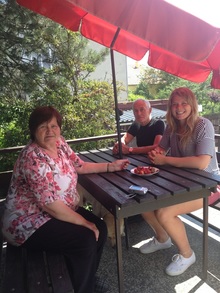 While travelling in Spain and the Czech Republic this summer, I have noticed language’s important role in everyday situations. As an agent for communication, language helps shape other’s opinions of us. When I have talked to people in these countries, language almost immediately indicates that I am a foreigner because of my strong accent. Usually I get asked many questions after people find out I am an American, especially one from California. But, once I get passed that point, and perseveringly persuade people from these countries to speak their language with me, they start to focus much more on my words than on my background. Thus, it becomes increasingly important that I represent my arguments in a grammatically correct way, otherwise my representation of my argument will reflect onto the argument itself. For instance, when I seem to struggle to talk about something merely because I might not know the verb form structure, which tense to use, or the vocabulary, it is quite normal for the listener to subconsciously think that I may not understand or know what I want to say, and jump to the conclusion that I am not too intelligent. But people from other countries are not the only ones who do this. I do this all of the time. I focus on the way people say things, and the way people write, as a way to judge the validity of their arguments. If people present something in a grammatically incorrect way, it seems quite safe to assume that that person did not receive a great education and does not know how to use their language correctly. Then, that inference can be made onto their argument as well. If they had not been educated well enough to shape their sentences correctly, could their thoughts and logic processes be incomplete as well? Perhaps. In Saint Augustine’s Confessions, Augustine writes that the Truth does not lose its validity based off of its presentation. Even if it is presented poorly, in essence, it still is the same. But people can more easily ignore its importance if it is disguised as something unintelligent. Thus, those who really seek to know the Truth will look past the presentation because they believe that Truth transcends its presentation in human form. Thus, for messengers of Truth to educate those around them, it is important, and even necessary, to spend time in its presentation so as to convince the listener, or reader, that what they are saying has importance and implications. When I have struggled with presenting my political ideas and arguments in different countries, it has been easier for my companions to dismiss my reasoning because it didn’t sound smart or convincing. To them, I sounded like a child, thus they associated my ideas as those that a child would have. Winning these arguments has been difficult, and gaining enough courage to start one even more. Thus, it has become my responsibility, as a person seeking for Truth, to try to be an intelligent representative so as to be heard and received well.
|
Jessica De GreeJessica teaches 5th grade English and History as well as 11th grade Spanish III at a Great Hearts Academy in Glendale, AZ. In addition to teaching, she coaches JV girls basketball and is a writing tutor for The Classical Historian Online Academy. Jessica recently played basketball professionally in Tarragona, Spain, where she taught English ESL and tutored Classical Historian writing students. In 2018, she received her Bachelor's degree in English and Spanish from Hillsdale College, MI. Archives
April 2020
Categories
All
|
|
SUPPORT
|
RESOURCES
|
|

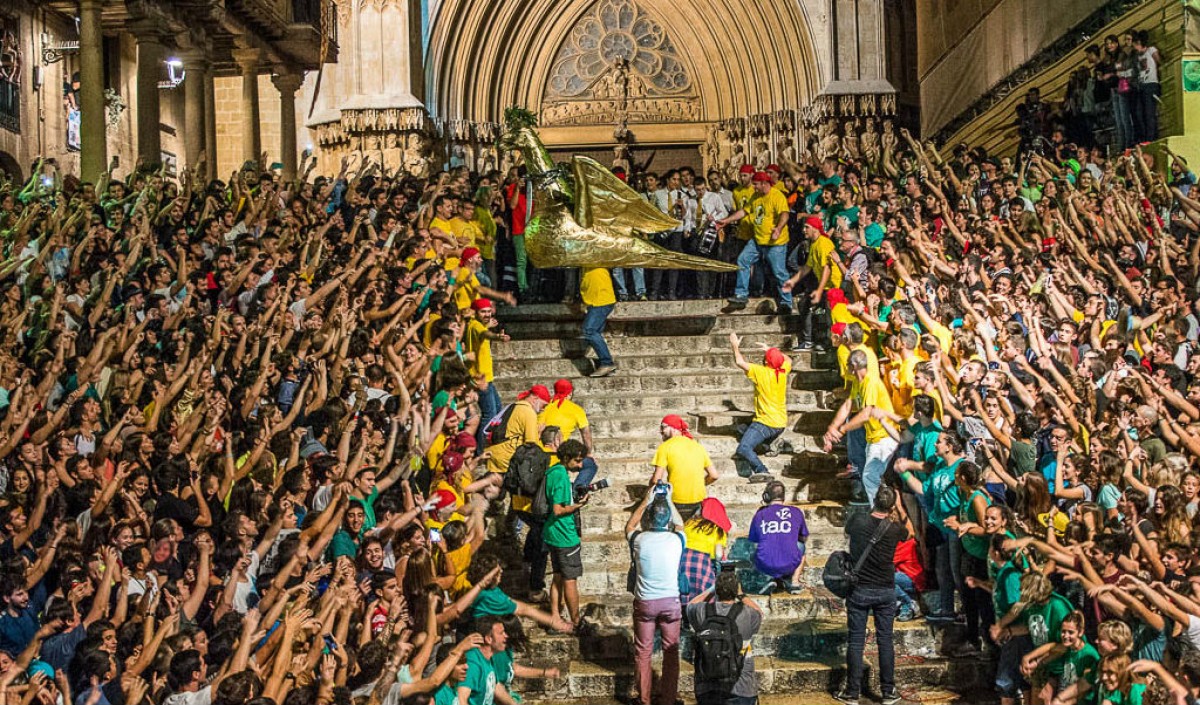
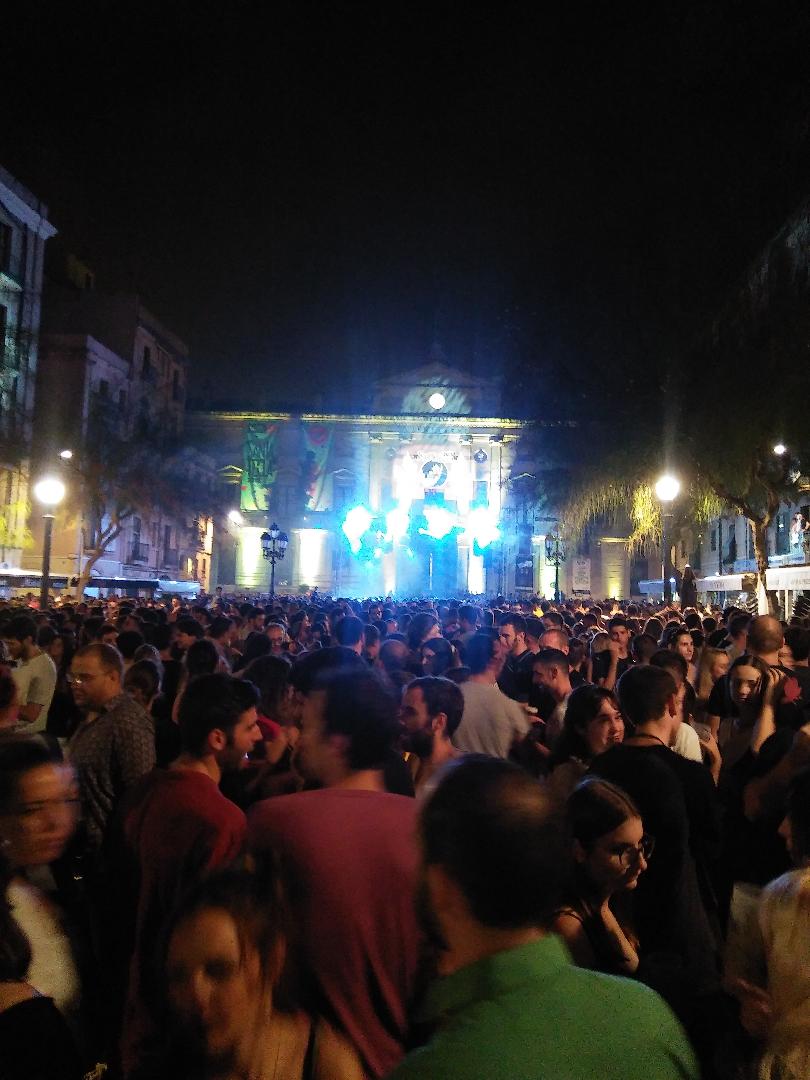
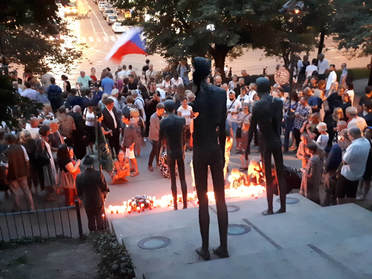
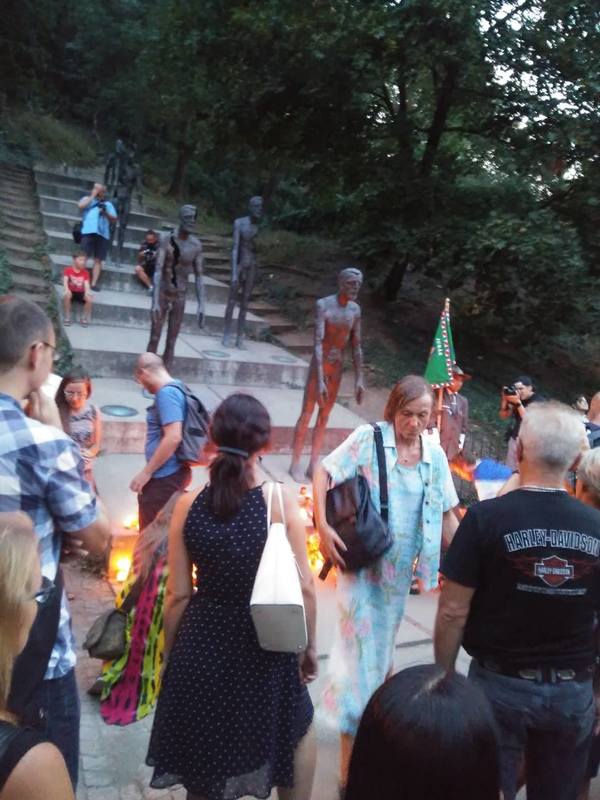
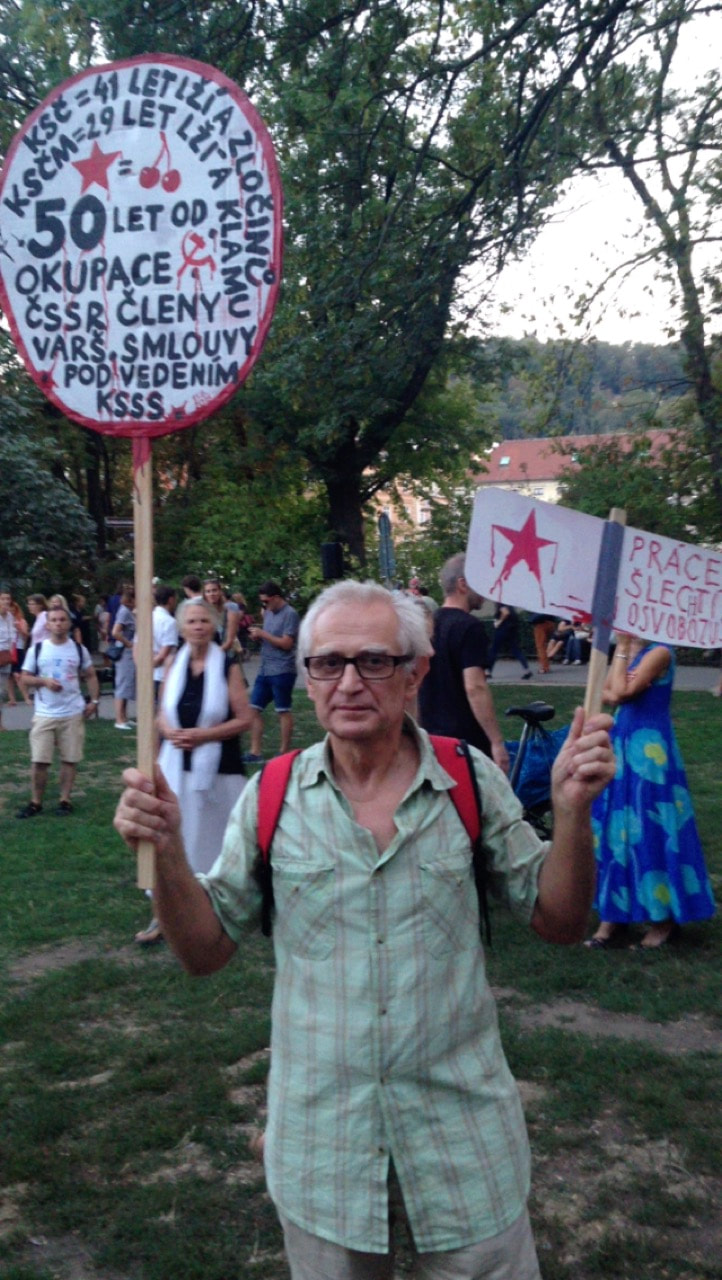
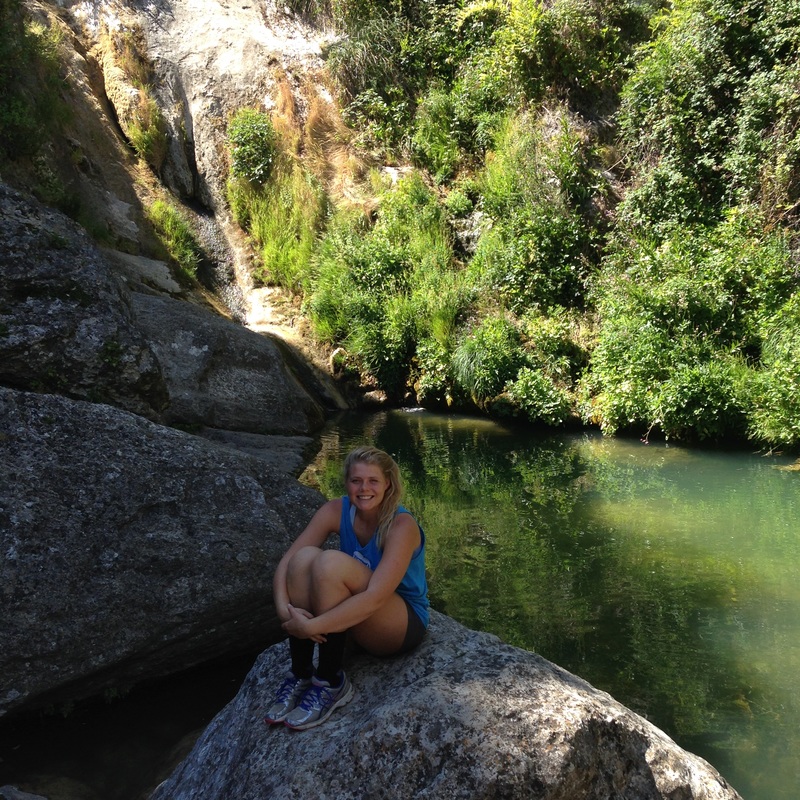

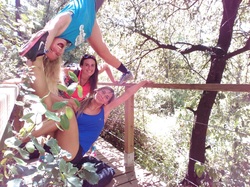

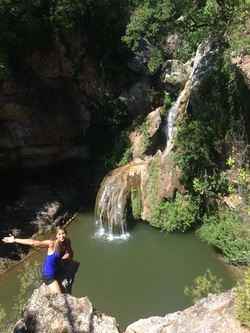
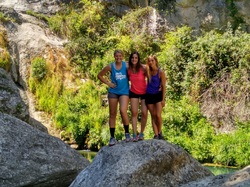
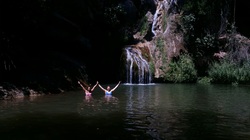

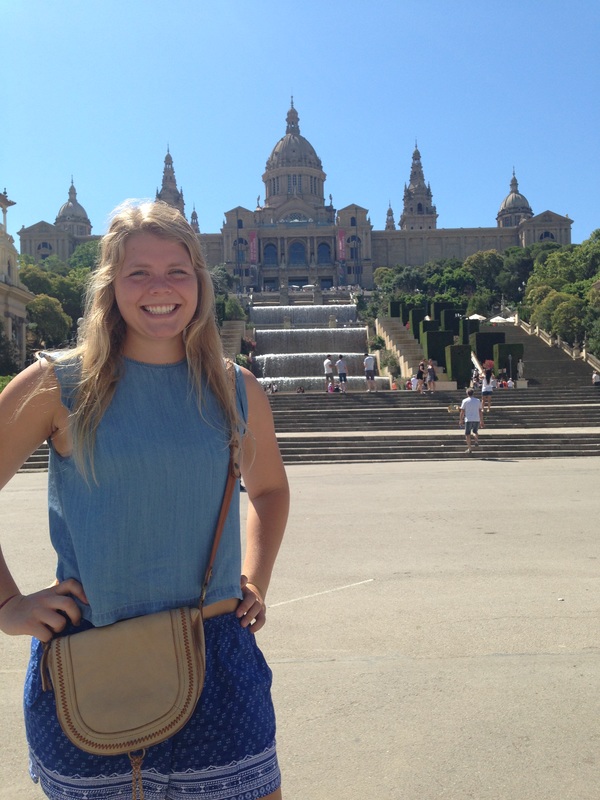




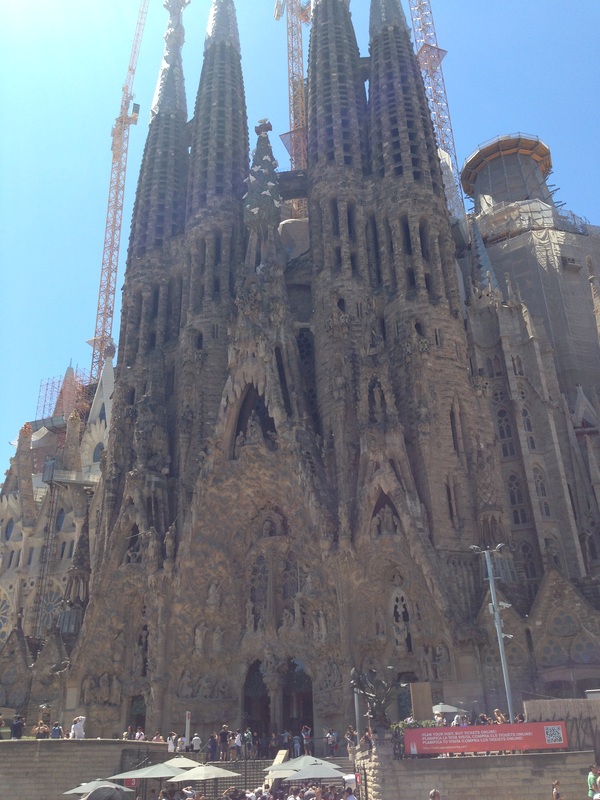
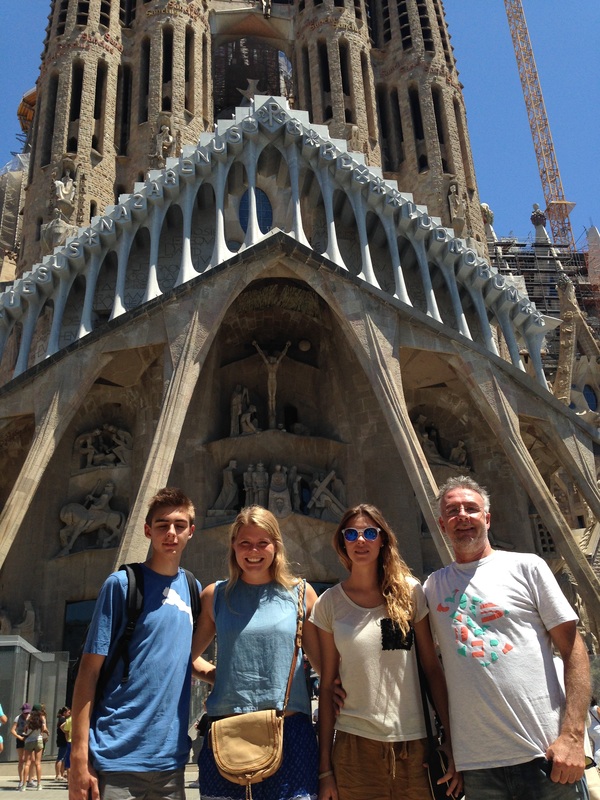
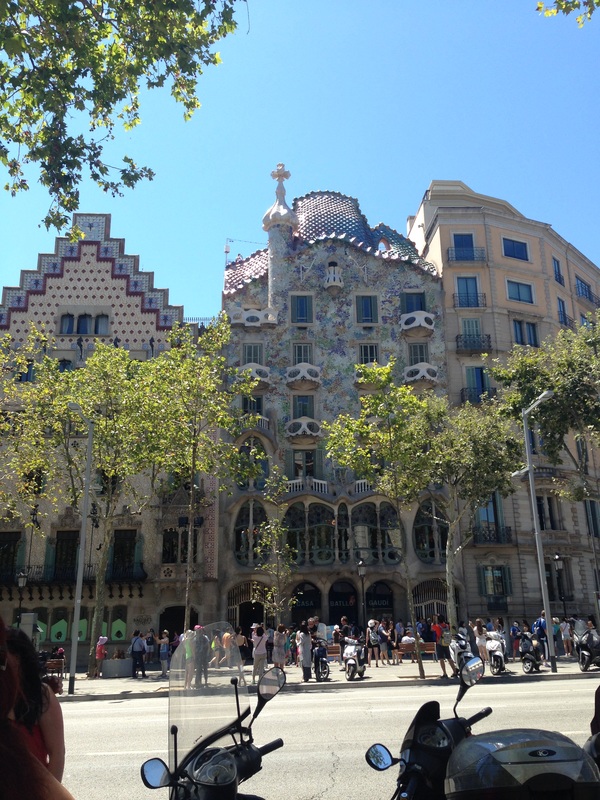
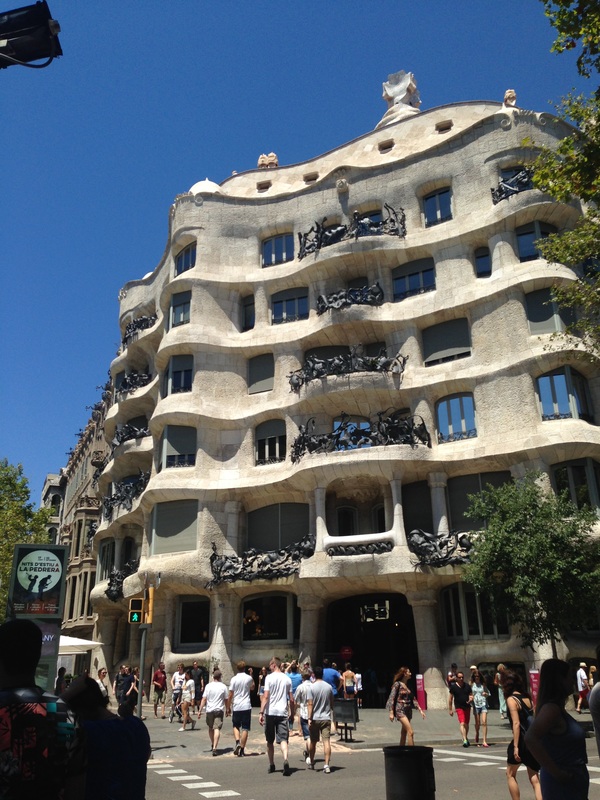
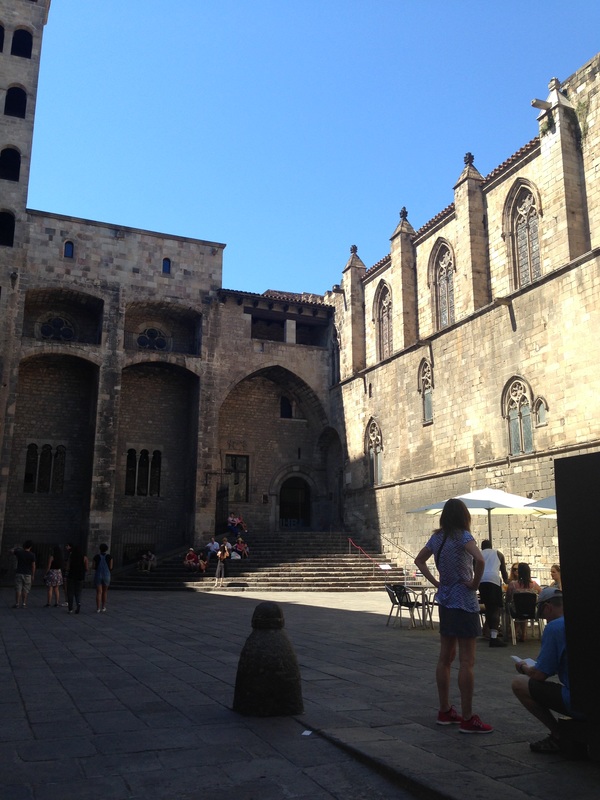
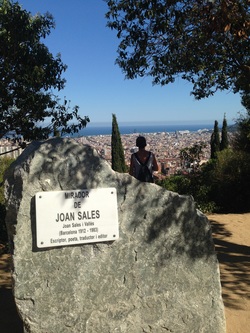
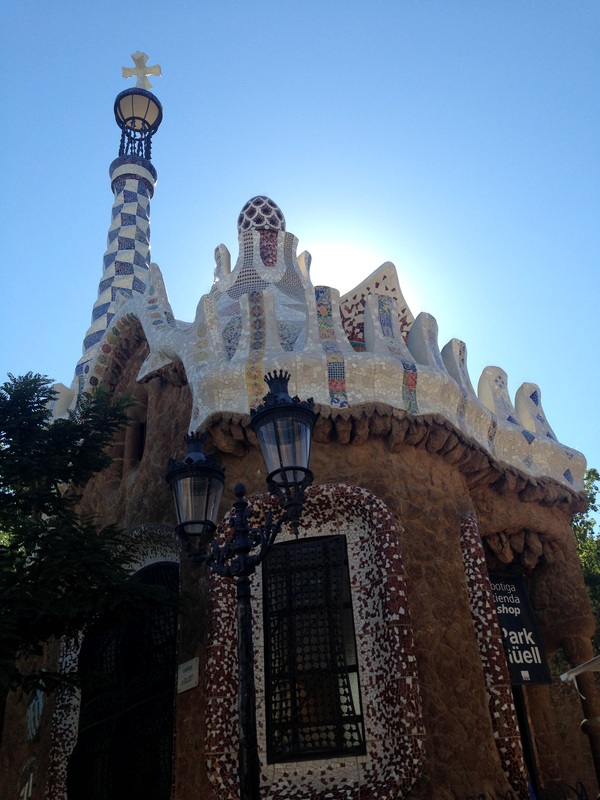
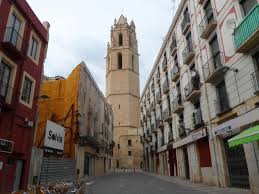

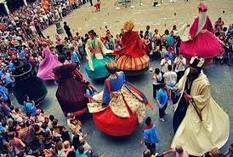


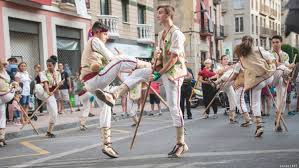





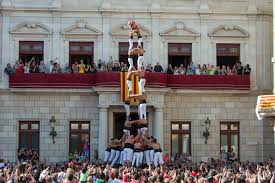

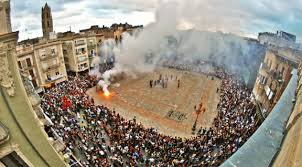
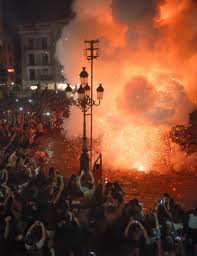



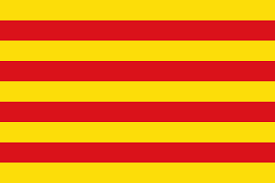
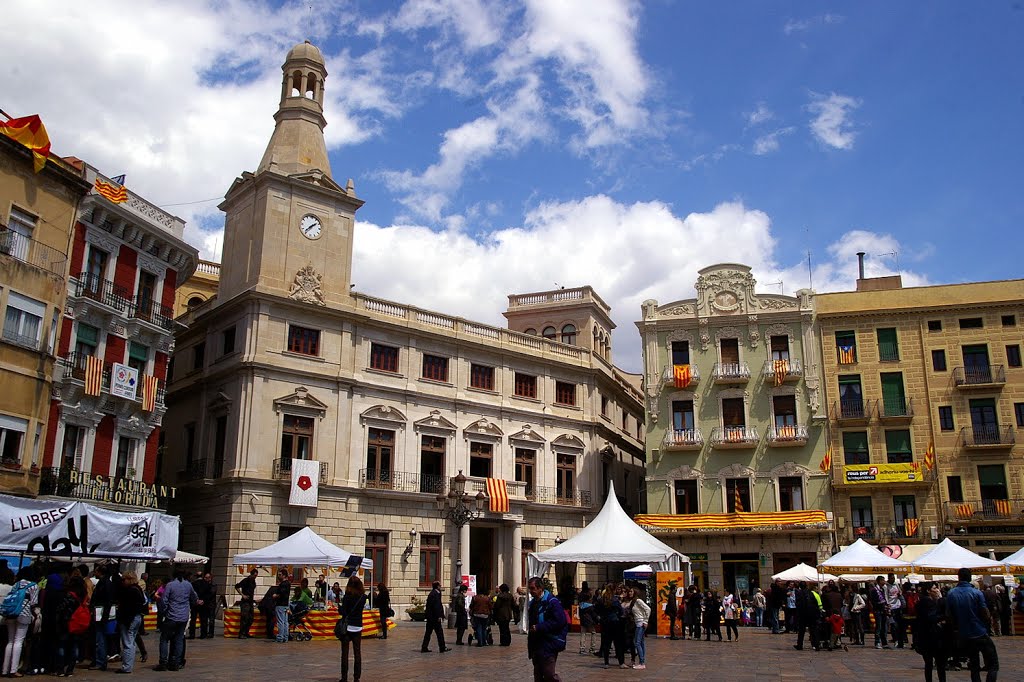
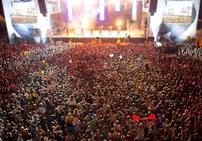
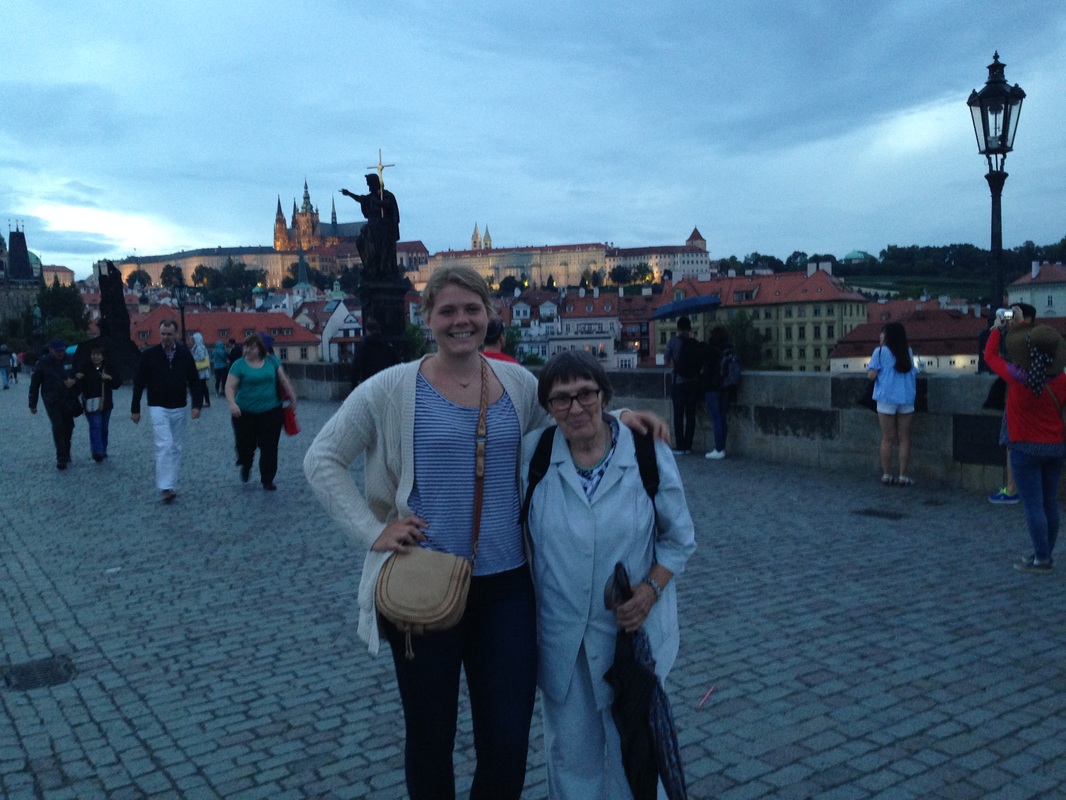
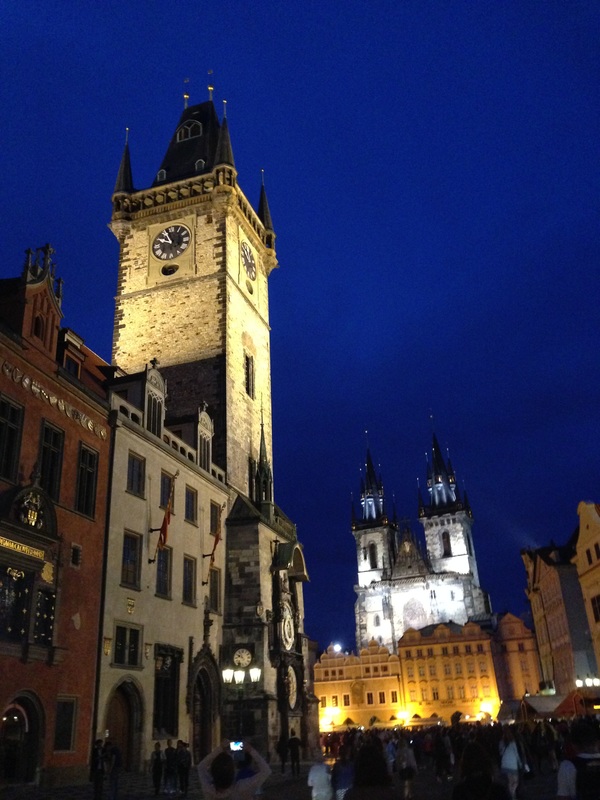
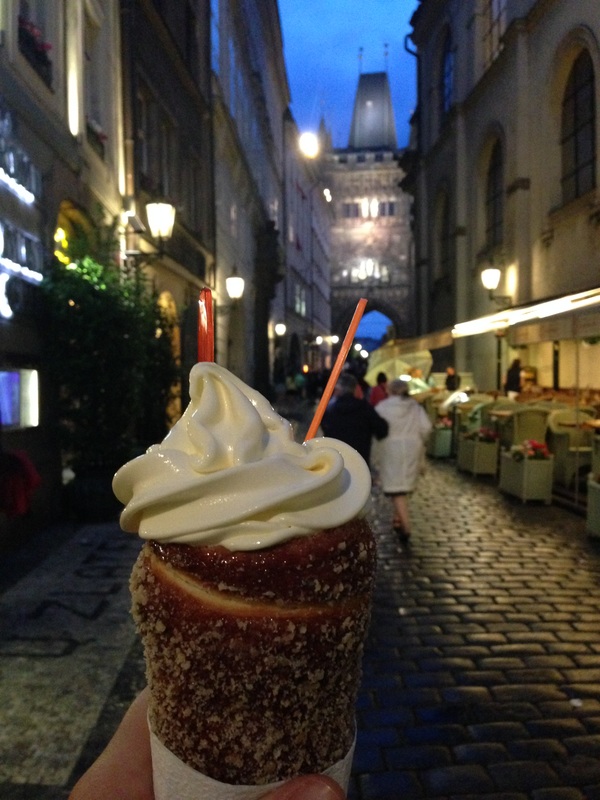

 RSS Feed
RSS Feed



